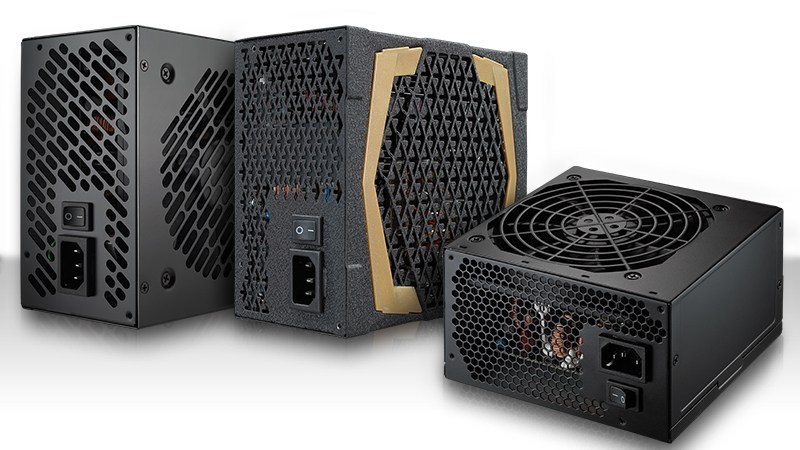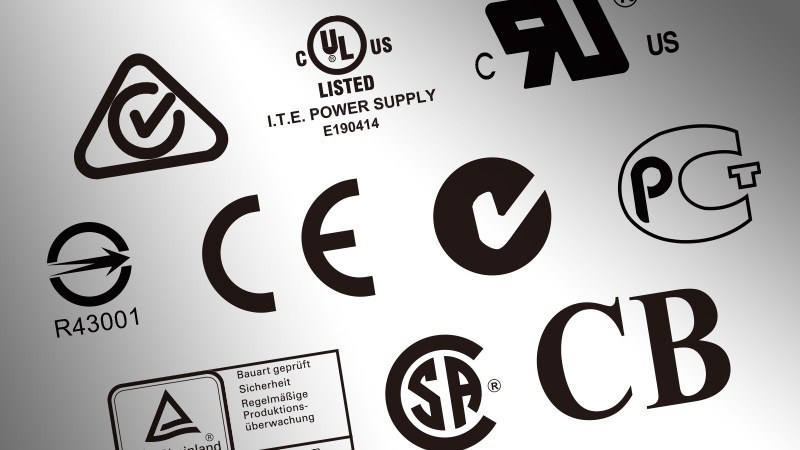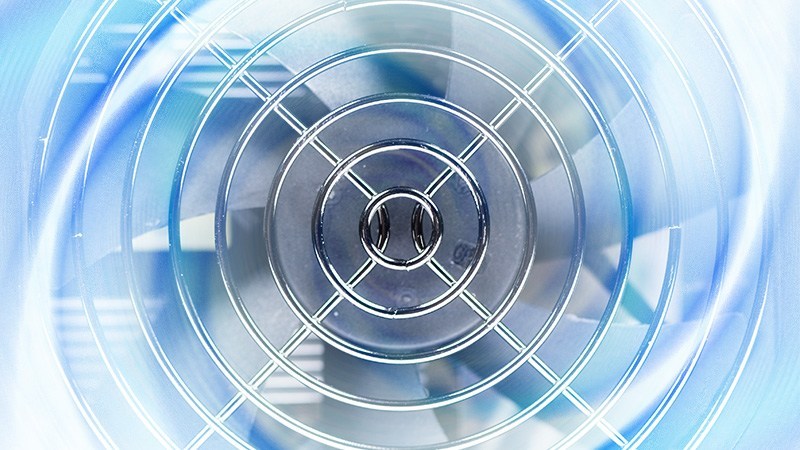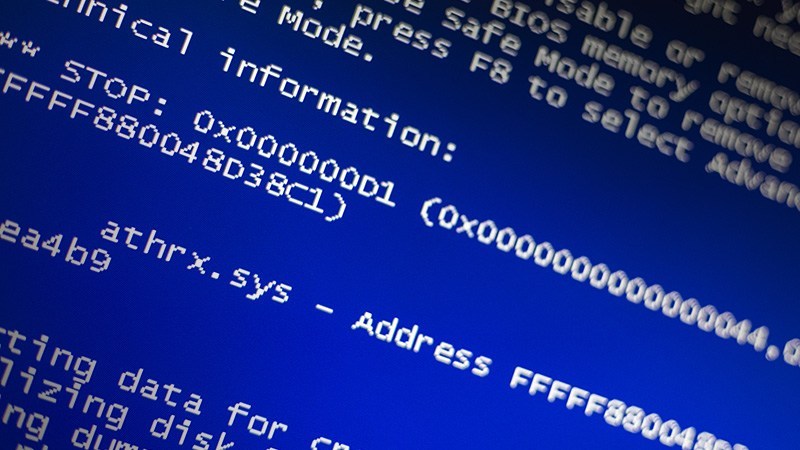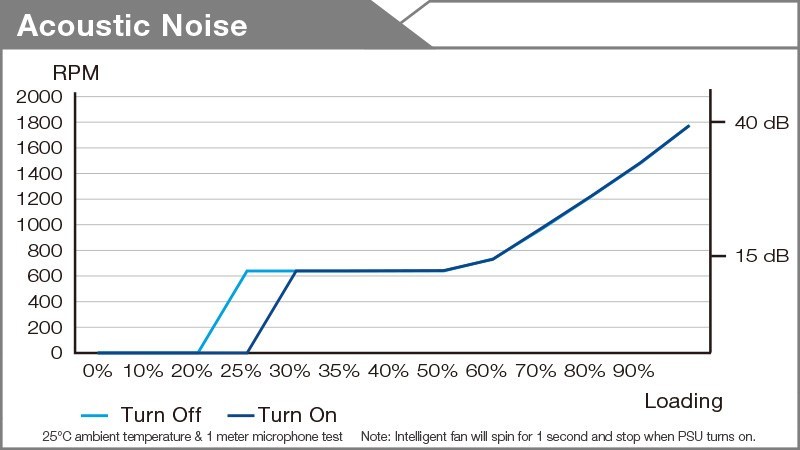Keys in Choosing a Power Supply
With the rapid developments in the eSports industry in recent years, general office desktop PCs are becoming inadequate in sustaining the hardware requirements for gaming. Gamers have a certain level of demands in visual effects; with high-end video cards installed, and demanding faster processing speed in the CPUs, the standard for other hardware is also on the rise. In order to provide a relatively stable power output at a low energy consumption rate, a low-quality power supply will not be able to meet the demands of the professional gamers. The FSP Group is a professional power supply brand. Today we share a few keys for our audiences in how to choose a power supply:
- 80 Plus efficiency certification
80 Plus is a third-party standards of fairness specifically for power supply conversion efficiency. It currently has groups of White, Bronze, Silver, Gold, Platinum, and Titanium in energy efficiency standards. With the exception of most energy-efficient Titanium standard, which requires the power supply to meet a demanded ratio while under a 10% load, other groups require a certain energy efficiency level to be reached while under a 20%, 50%, or 100% load.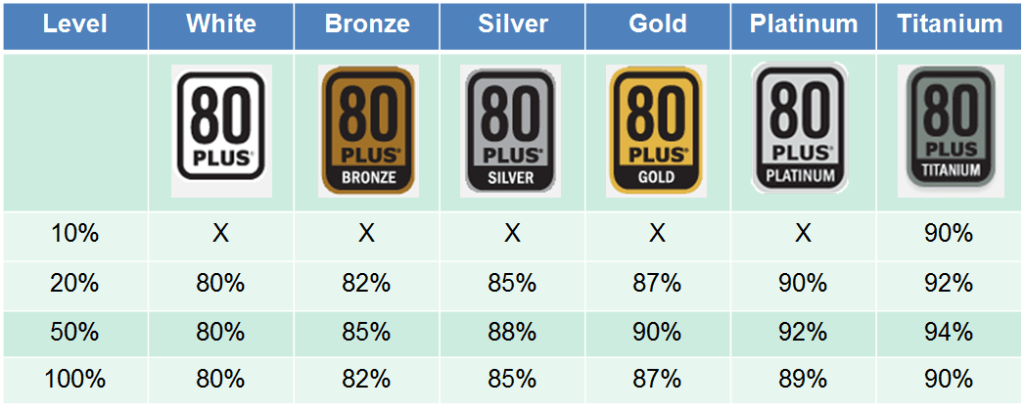
- Safety Standard Certification
In many countries, safety standard certifications are required for electrical appliances in order to ensure the safety of their citizens. Only certified merchandise can be sold in the market with the aim to prevent bodily harm from electric shocks, energy hazards, fires, mechanical hazards, heat hazards, radiation hazards, and chemical hazards, to ensure a certain safety standard in the products. Universal safety specifications include CE/CB/UL/TUV/FCC/CCC, etc., and FSP products have all applied for the local safety specifications in accordance with the demands of the clients or sales region. - Maximum Power Output of Each GroupConforming to the demands in safety specifications, power supplies should come with rating labels, indicating the AC input range of the product applying for the safety specifications, as well as the maximum DC output or combined output of each group. For general desktop PC gamers, attention should be paid to the maximum combined output power under the group +12V. In general, a single output unit that is able to match the full rated output of the power supply is considered good. The list below is the rating label of a FSP Aurum PT 1200W, with a full output of 1200W. This model is designed to be a single 12V output unit with a maximum output of 1200W.
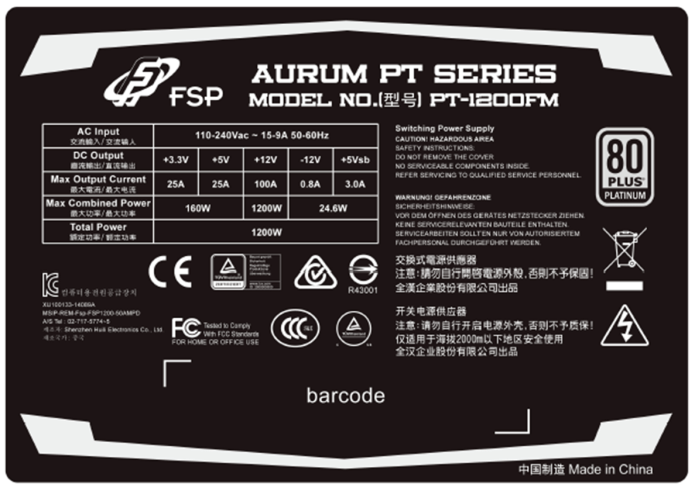
- Appearance DesignOther than considering the performance of the products in choosing PC hardware, many gamers would also pay attention to the style of the components in their PCs. Designers have long been committed in designing hardware with aesthetic values, power supplies have too, with the hard work of many brand manufacturers, broke through the stereotype of being simply a cube, and developed their own aesthetics in design. Under this trend, the FSP Group also came up with its own exclusive asymmetrical Hydro G series power supply. The internal components are designed with thermal design concepts, and the best cooling vent design is drawn up from heat laboratory assessments, combined with a stylized fan guard, creating a both aesthetically pleasing and efficient product, as seen below.
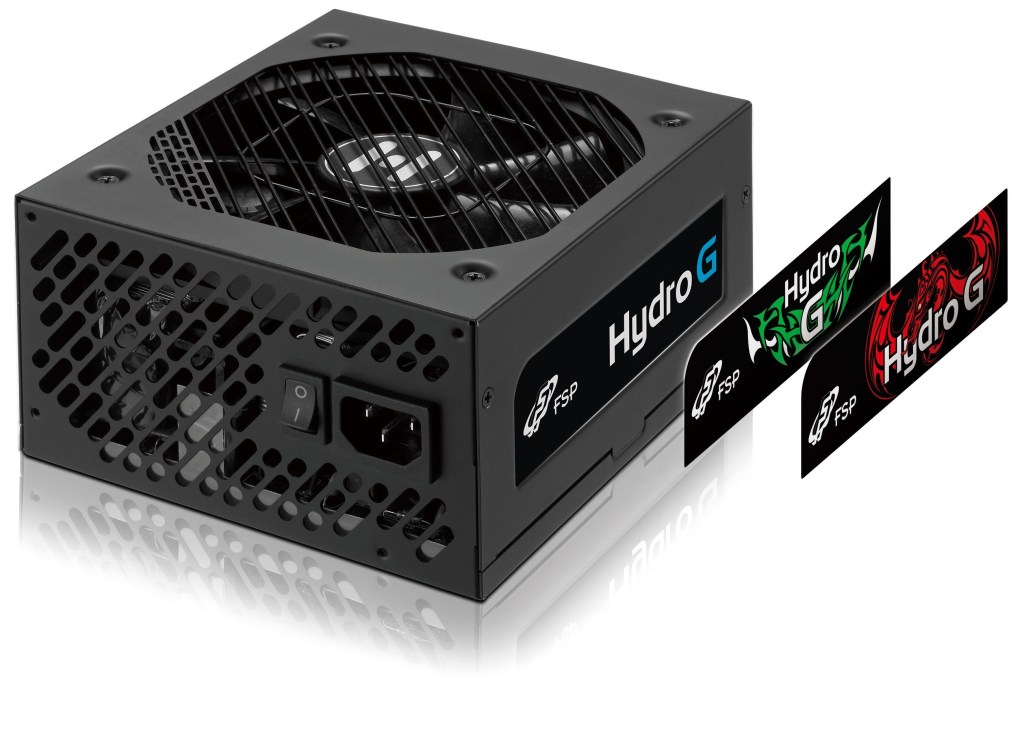
- Output Voltage RegulationPower output quality affects the stability of the computer system. Too high a voltage may cause hardware damage, while too low a voltage may cause the computer to freeze or reboot. Therefore, the output voltage regulation of a power supply is regulated and demanded. In the field of power electronics, voltage regulation also categorized regulations caused by input voltage regulations as line regulations, and regulations due to load variants as load regulations. The commonly used term “voltage regulation” in the power supply industry, is the sum of the two regulations combined. Below is the power supply voltage regulation standards formulated by Intel.
Outputs +5V +12V -12V +3.3V +5Vsb Vout Range(V) Min 4.75 11.40 -10.80 3.135 4.75 Max 5.25 12.60 -13.20 3.465 5.25 Regulation Limit ±5% ±5% ±10% ±5% ±5% With the rapid developments in the eSports industry in recent years, the demands in computer hardware is getting higher and higher. The voltage stability formulated by Intel should serve as a guarantee on computer system operations, but it does not satisfy the gamers, who demands a ±3% or ±1% on primary output such as +12V, +5V, and +3.3V.
- Ripples and Noises
Ripple: The synchronized composition of a type of input frequency and switching frequency overlapping on top of AC outputs. Noise: High-frequency noises outside of ripples. The sum of these two is one of the important Intel regulations in power supplies. This is to mainly prevent the heating of
electrolytic capacitors on top of the receiving hardware caused by too much ripples and noises. When heated up, the capacity of the electrolytic capacitors will change, and impact hardware performance, as well as leakage in the electrolytic capacitors in severe scenarios, short circuiting and burn the PCB, impacting the lifespan of receiving hardware such as the motherboard, video card, hard disks, and so on. Please refer below for the ripple and noise standard from Intel:Output Rail Maximum Ripple & Noise (mVp-p) +12V 120 +5V 50 +3.3V 50 -12V 120 +5Vsb 50 In recent years, many gamers have learned the importance of this standard, and brand manufacturers are also providing quality products. Taking the current high-end products as an example, their primary outputs, such as +12V, can already suppress the ripples and noises to 20mV or below, also becoming a consideration for gamers in selecting products.
関連記事
FSPについて
FSPテクノロジーは、世界最先端の電源メーカー一員です。1993年成立時から、「サービス、プロフェッショナル、イノベーション」の経営理念を持って、全方面でグリーンエネルギーで解決するメーカーです。

